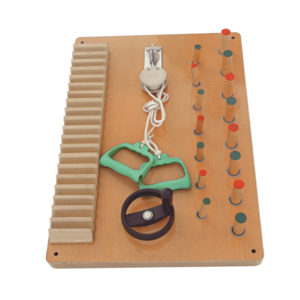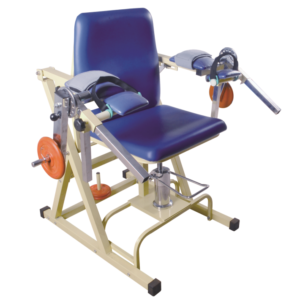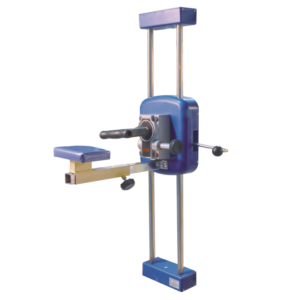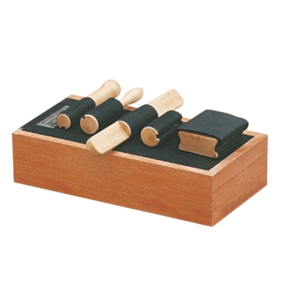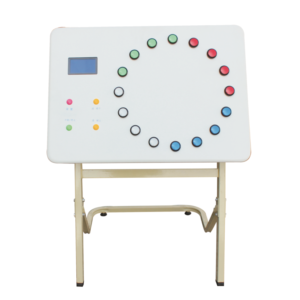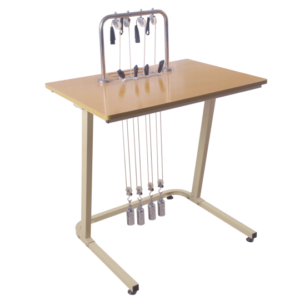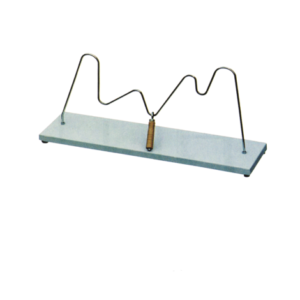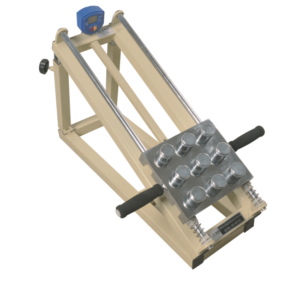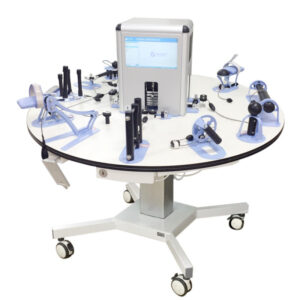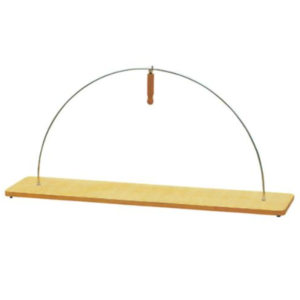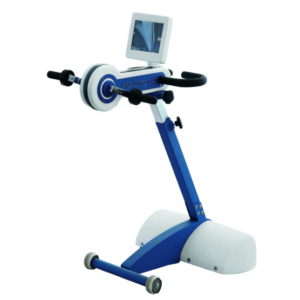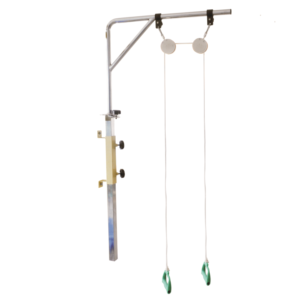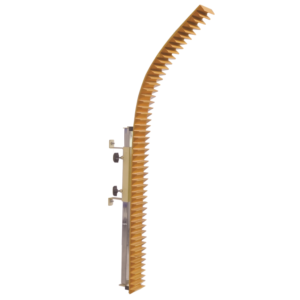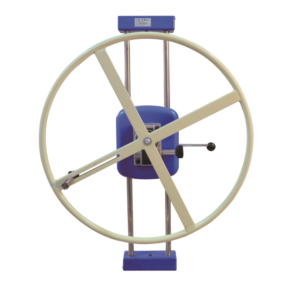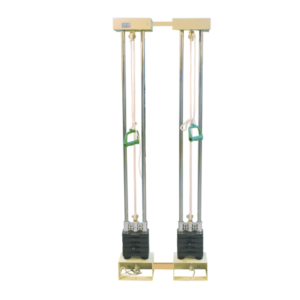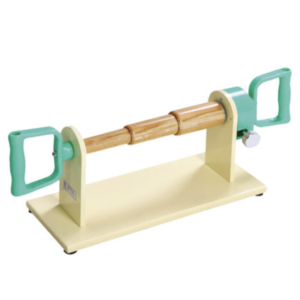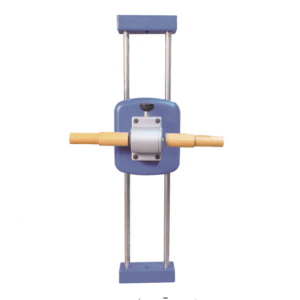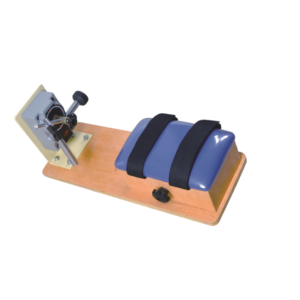Upper limb rehabilitation Functional exercise during rehabilitation is an important way to restore upper arm function.1. Exercise Objective To prevent the loss of function caused by inactivity after manual reduction and fixation of closed upper limb fractures, so as to restore the function of the fracture site to the optimal physiological state.2. Exercise the upper arm joints and muscles.3. Methods of functional exercise and rehabilitation therapy can be divided into active exercise and passive exercise.
Upper limb rehabilitation active exercise
As the main form of rehabilitation exercise.According to the clinical process and stability of fracture healing, it is generally divided into four stages.
In the first stage, local pain and limb swelling occurred 1-2 weeks after the injury.The purpose of rehabilitation exercise is to promote the subside of swelling, prevent muscle atrophy, prevent joint adhesion.The main methods are as follows: fist, arm lift, shoulder lift.Making a fist is the basic movement of the upper limbs.Try to keep your fingers completely straight and flexed.Then do the lifting arm and shoulder lifting.If the fracture is close to the metaphyseal end, a certain range of joint activity can also be performed for fracture stabilization.
Stage 2 injury 3-4 weeks after injury.If the patient’s muscle strength is restored and there is no pain in the fracture, the patient can do some automatic joint extension and flexion activities on the upper limb, starting from one joint, and then several joint exercises together.
Stage 3 injury 5-7 weeks after injury.In addition to the limitation of joint activity in a certain direction that is not conducive to fracture healing, joint activity in other directions can be increased within the scope of the patient’s ability, both the number and range of activity.
8-10 weeks after stage 4 injury.The patient can be allowed to do some light work.
Upper limb rehabilitation passive activities
When the patient has muscle weakness and cannot move on his/her own, he/she should carry out auxiliary activities with the help of medical staff.For example, patients with multiple bone fractures, multiple fractures of the same limb, intra articular fracture, or other systemic complications and unable to do their own activities can be assisted by passive activities.If the local massage is suitable for the fracture and limb distal serious swelling, its purpose is to disperse blood stasis, promote circulation, prevent adhesion.The manipulation should be gentle, without increasing the patient’s pain, aggravating the local injury, or shifting the fracture.
Recovery after fracture is not a simple rest can heal, it needs a combination of movement and static, that is, rest and exercise combined.It mainly includes three aspects: first, the growth of callus: after the continuity of the backbone of the human body is destroyed, osteoblasts and osteoclasts on the periosteum will be activated, and the continuous growth of the two kinds of cells will make the fracture ends repaired and connected, which is the formation process of callus.The factors affecting callus growth include: 1. Poor connection at the fracture end.2. Malnutrition.3. Lack of exercise.Secondly, range of motion of the joint: Complete recovery of the range of motion of the injured joint is the ultimate rehabilitation goal of fracture treatment, which is very important.Third, functional recovery: actively promote the functional recovery of the affected limb, do not worry about affecting the healing of the fracture lie on the bed motionless, in this way, will also cause muscle atrophy, muscle strength decline, thus affecting the healing of the fracture.
-
arm rehabilitation Medical rehab equipment
Medical arm finger rehabilitation equipment is widely used in rehabilitation center and hospital, it helps patients improve their hand joint’s activity ability.
-
elbow rehabilitation Medical rehabilitation equipment stroke elbow joint rehab chair
Medical rehabilitation equipment elbow joint is widely used in rehabilitation center and hospital, it helps patients improve their elbow joint’s activity ability.
-
Fore shoulder rotation Medical shoulder rehab equipment
Medical fore shoulder rotation rehabilitation equipment is widely used in rehabilitation center and hospital, it helps patients improve their hand joint’s activity ability.
-
hand exercise box Medical rehabilitation product
Medical hand exercise box rehabilitation equipment is widely used in rehabilitation center and hospital, it helps patients improve their hand joint’s activity ability.
-
hand exercise rehabilitation table Medical hand rehabilitation equipment
Medical hand exercise table rehabilitation equipment is widely used in rehabilitation center and hospital, it helps patients improve their hand joint’s activity ability.
-
hand exercise table Medical finger rehabilitation devices rehab
Medical arm finger rehabilitation equipment is widely used in rehabilitation center and hospital, it helps patients improve their finger joint’s activity ability.
-
Hand rehabilitation devices Medical hand ARC rehabilitation device
Medical rehabilitation equipment hand ARC is widely used in rehabilitation center and hospital, it helps patients improve their hand’s activity ability.
-
hand strength training Medical hand rehabilitation device
Medical hand pushing rehabilitation equipment is widely used in rehabilitation center and hospital, it helps patients improve their hand joint’s activity ability.
-
Medical intelligent Top-end hand Rehabilitation Training System
Medical arm finger rehabilitation equipment is widely used in rehabilitation center and hospital, it helps patients improve their hand joint’s activity ability.
-
Medical hand ARC rehabilitation equipment
Medical rehabilitation equipment hand ARC is widely used in rehabilitation center and hospital, it helps patients improve their hand’s activity ability.
-
Medical intelligent rehabilitation exercise bike
Medical intelligent exercise bike rehabilitation equipment is widely used in rehabilitation center and hospital, it helps patients improve their hand and shoulder joint activity ability.
-
Medical pulley rehabilitation equipment
Medical rehabilitation equipment hand pulley is widely used in rehabilitation center and hospital, it helps patients improve their hand’s activity ability.
-
Medical rehabilitation equipment shoulder ladder
Medical rehabilitation equipment shoulder ladder is widely used in rehabilitation center and hospital, it helps patients improve their hand’s activity ability.
-
Medical rehabilitation equipment shoulder wheel
Medical rehabilitation equipment shoulder wheel is widely used in rehabilitation center and hospital, it helps patients improve their hand’s activity ability.
-
Medical shoulder rehabilitation product shoulder pulley
Medical shoulder pulley rehabilitation equipment is widely used in rehabilitation center and hospital, it helps patients improve their hand and shoulder joint activity ability.
-
Medical wrist rehabilitation equipment
Medical wrist rehabilitation equipment is widely used in rehabilitation center and hospital, it helps patients improve their wrist activity ability.
-
Medical Wrist rotation rehab equipment
Medical wrist rehabilitation equipment is widely used in rehabilitation center and hospital, it helps patients improve their wrist activity ability.
-
Medical Wrist rotation rehabilitation products
Medical wrist rehabilitation equipment is widely used in rehabilitation center and hospital, it helps patients improve their wrist activity ability.

